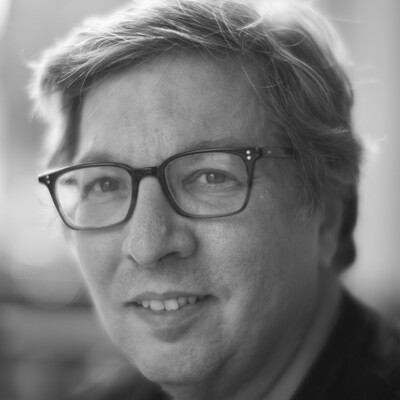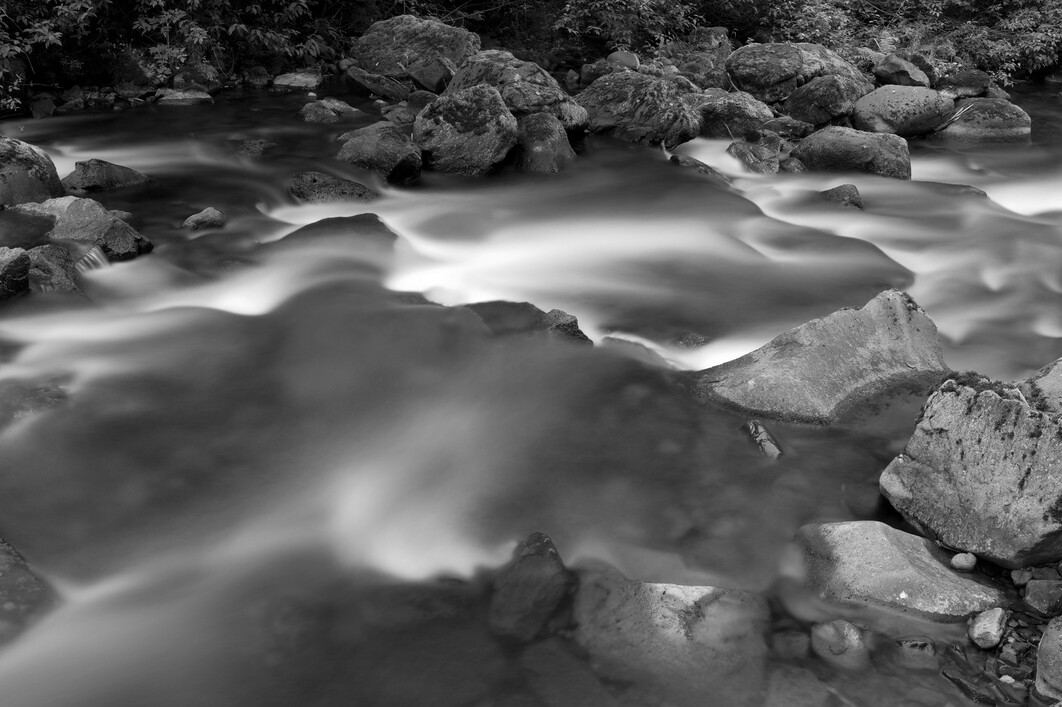
With a few exceptions (mostly towers atop downtown switching offices in populated areas), no one was trying to make any of this utilitarian communications infrastructure beautiful. It was form strictly following function, built to be reliable and rugged.
But there was, I think, quite a bit of beauty to find in it. I wonder if we’ll look at our current neighborhood cellular towers, now often regarded as a visual blight, the same way decades after they’re (inevitably) also gone.

@kevbob@xoxo.zone You weren’t that far off - the public safety tower is on the same hill.